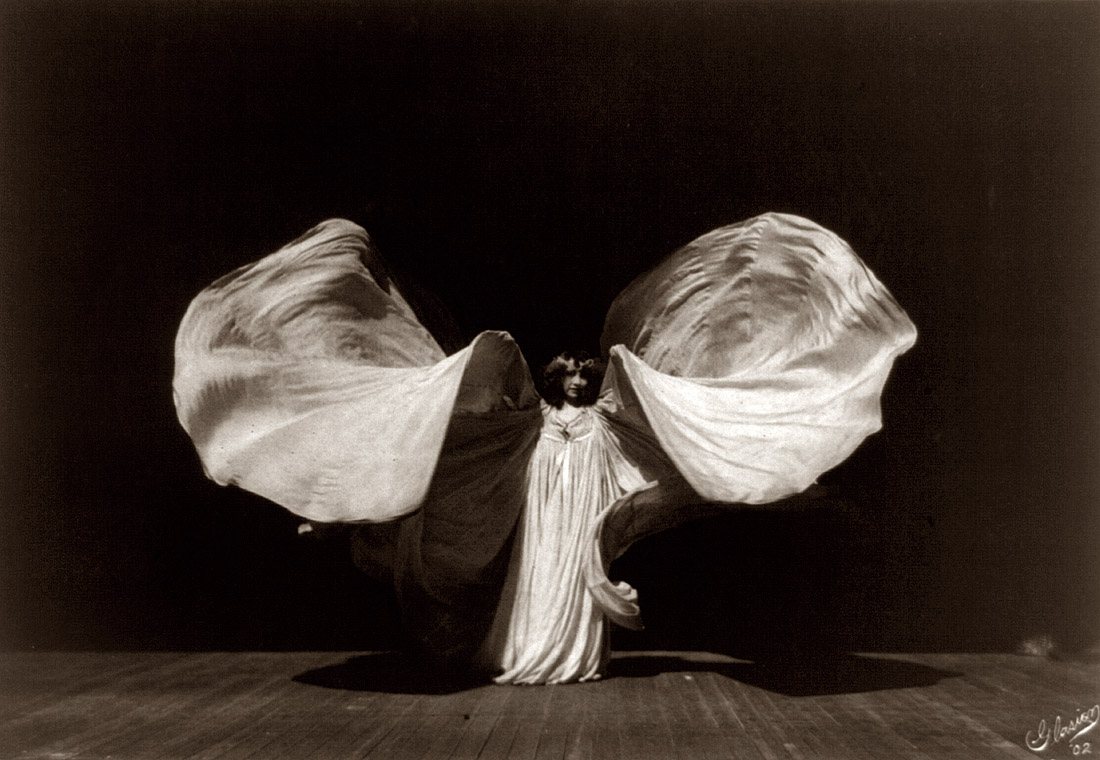The New Inquiry reviews Jacques Rancière's Aisthesis: Scenes from the Aesthetic Regime of Art


"There is no going back from modern self-consciousness," begins Marc Farrant's review of Rancière's Aisthesis. Yet, Farrant suggests that the notion of modernity and the meanings of its various permutations–"modernizing" and "modernist," for example–have become increasingly incomprehensible, particularly as they relate to aesthetic modernity.
Rancière takes on the question of the "modern" as it relates to art and politics, rejecting the idea of modern art's detachment from history and the everyday. Instead, he argues for a symbiotic relationship between life and art in which meaning is derived through the processes of production and reception. Farrant notes:
For Rancière, what counts as art is not self-evident. What he understands by aesthetics is how art has been identified historically, by criteria collectively produced within a constellation of institutions, industries, market forces, and the perceptions of individuals and groups. He uses the term aisthesis to mark “the mode of experience according to which, for two centuries, we perceive very diverse things, whether in their techniques of production or their destination, as all belonging to art.” What works get called art depends not merely on their reception, he argues, but on “the sensible fabric of experience within which they are produced.” This fabric comprises “material conditions — performance and exhibition spaces, forms of circulation and reproduction” as well as “modes of perception and regimes of emotion, categories that identify them, thought patterns that categorise and interpret them.” These allow us to feel and think something as art.
Farrant observes that although Rancière acknowledges the self-reflexivity of modern (and postmodern) art, he nontheless shows that modern art's perceived detachment from culture is actually part of a larger process of capitalist production. Unlike Clement Greenberg, who suggests that the capitalist destruction of cultural links between artists and society results in a turning away of art from the public, Rancière sees this phenomenon as an example of the art-life dialectic of the aesthetic regime. Farrant suggests that Rancière's dialectic offers new possibilities of interpretation and understanding:
Rancière hints at an alternative modernism, rejecting the canonical interpretations of modernism as the separation of “high” and “low,” as the introspective specialization of form, or as art’s fetishization of its own history. Instead, he sees in aesthetic modernism a history told through the dynamic relation between individual and collective life, radically politicizing how we choose to identify ourselves as both unique and part of a whole through how we choose to narrate our own history.
Visit The New Inquiry to read the review in full.